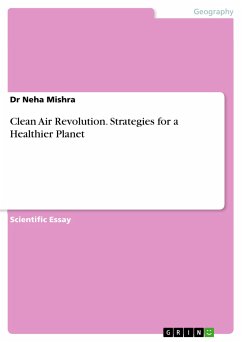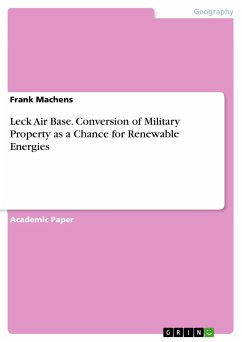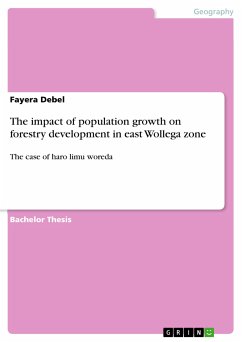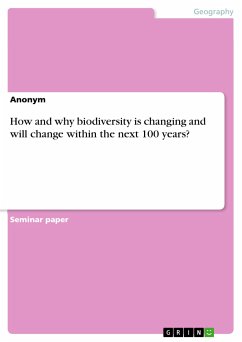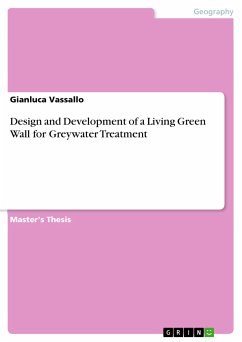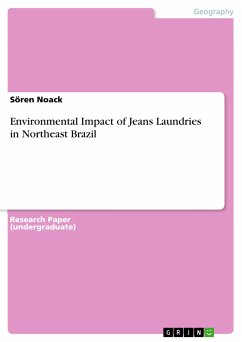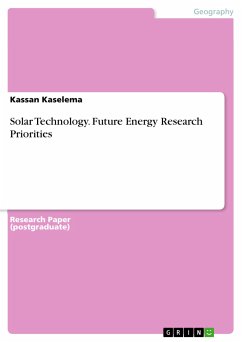Scientific Essay from the year 2023 in the subject Geography / Earth Science - Physical Geography, Geomorphology, Environmental Studies, grade: 1, , language: English, abstract: Air pollution is a pressing global issue that poses significant risks to human health, the environment, and the overall well-being of societies. It refers to the presence of harmful substances in the Earth's atmosphere, resulting from various human activities and natural processes. This abstract provides an overview of air pollution, including its causes, impacts, and potential solutions. The sources of air pollution are diverse and include industrial emissions, vehicular exhaust, biomass burning, and the combustion of fossil fuels. These activities release a wide range of pollutants, such as particulate matter, nitrogen oxides, sulfur dioxide, volatile organic compounds, and greenhouse gases. These pollutants have adverse effects on air quality, leading to respiratory and cardiovascular diseases, increased mortality rates, and a range of other health complications. Air pollution also has profound environmental consequences. It contributes to climate change by amplifying the greenhouse effect, leading to rising global temperatures and altered weather patterns. Additionally, it negatively affects ecosystems, harming plants, animals, and aquatic life through deposition and contamination of pollutants. Addressing air pollution requires comprehensive strategies and collective efforts. These may include implementing and enforcing stringent emission standards, promoting renewable energy sources, improving public transportation, and fostering sustainable urban planning. Additionally, public awareness, education, and community engagement play crucial roles in advocating for cleaner air and sustainable practices. Advancements in technology, such as air quality monitoring systems, pollution control devices, and cleaner production processes, offer hope for mitigating the impacts of air pollution. International collaborations and agreements, along with strong governmental policies, are vital for effectively addressing transboundary pollution and promoting global air quality improvement. In conclusion, air pollution is a complex and multifaceted challenge that demands immediate attention. By understanding its causes, impacts, and potential solutions, we can work towards a cleaner and healthier future for ourselves and future generations.

